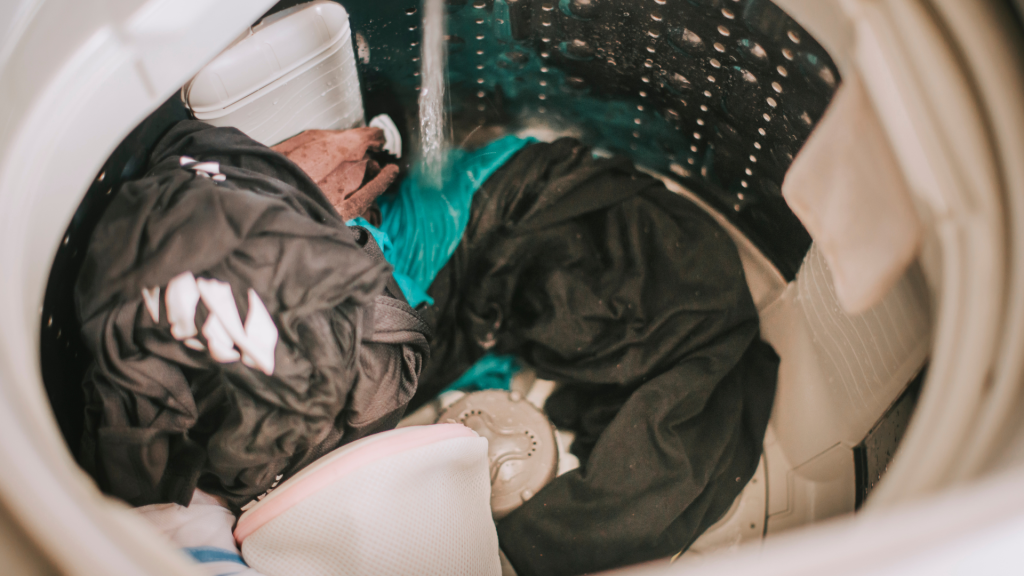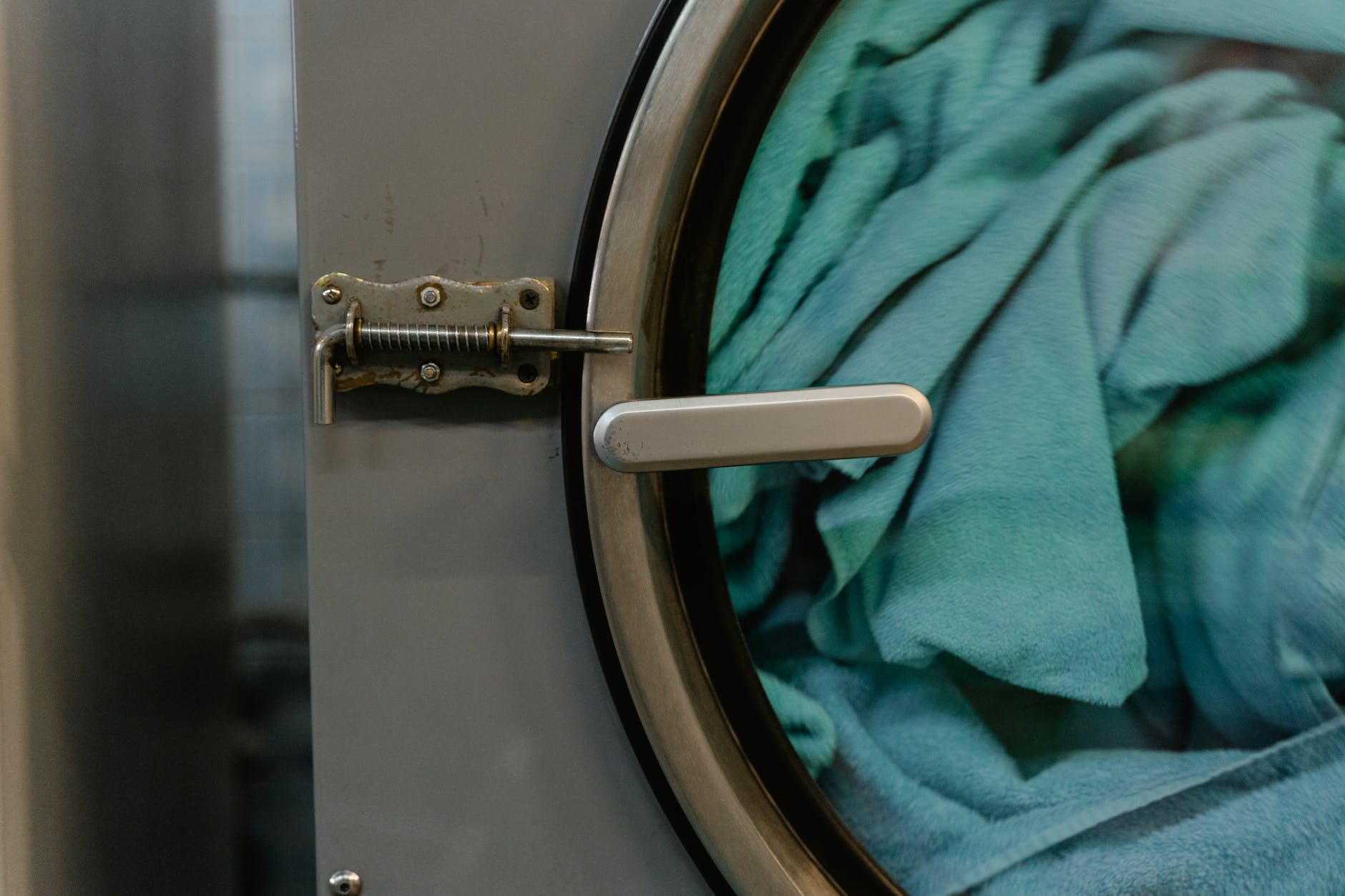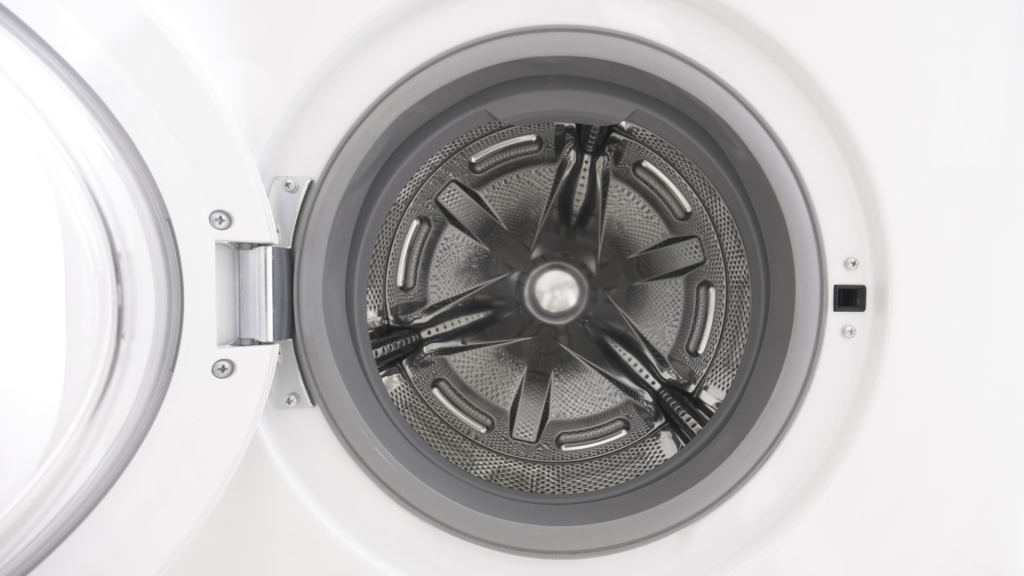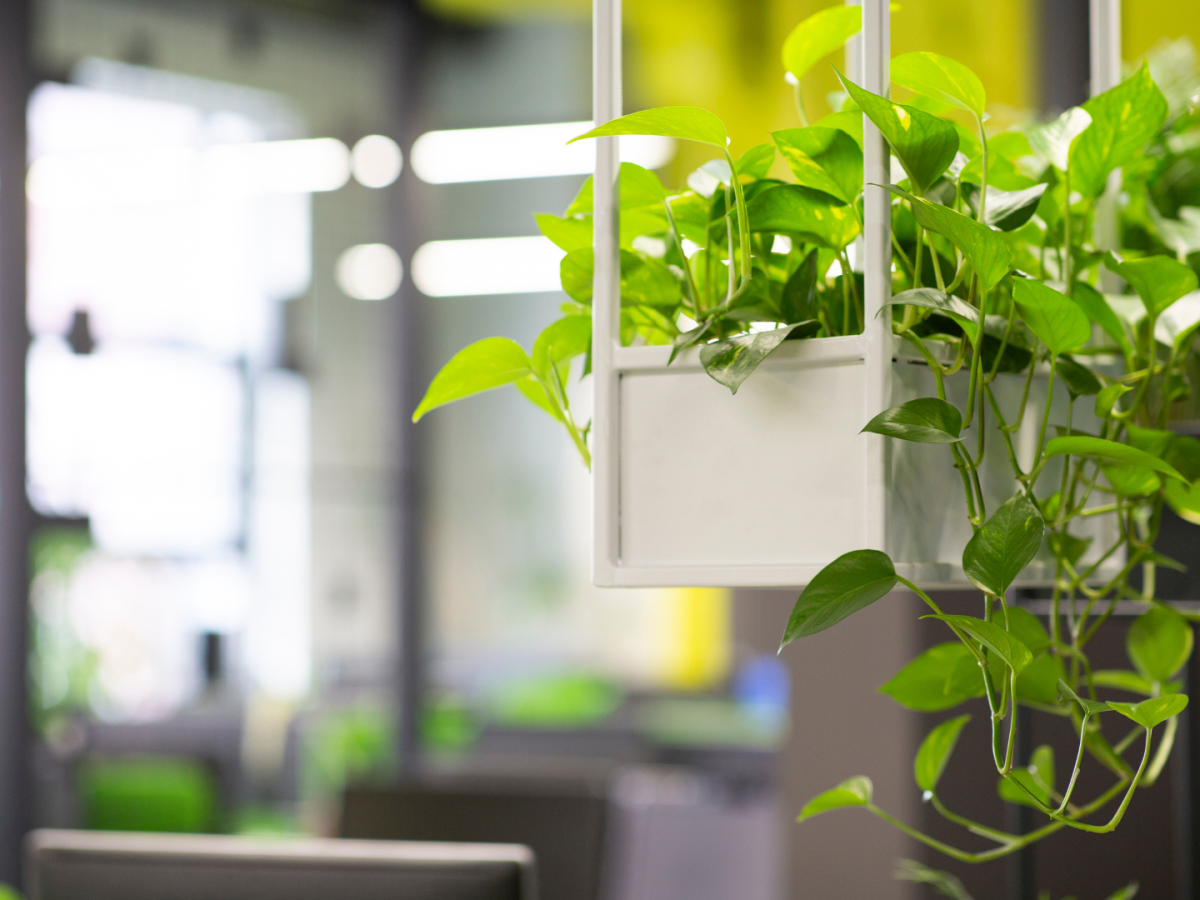by
15/02/2023
Sarah Gáliková
Top vs Front loading washing machines: Which one to choose?

The simple answer is front loaders. But let’s take a look at the advantages that this type of washing machine brings. The benefits we take a look at are good for your electricity and water bills, your clothes, and ultimately, the environment.
What is the difference between Top and Front loading washers?

In the past, top-loading washing machines had an agitator inside, which is a central post that rotated in a tub full of water and rubbed against the clothes to clean them. In recent decades however, washing machines that had either a low-profile cone or a disc instead of an agitator became more frequently used. This was to save water and energy compared to traditional top loading washing machines.
Although these more modern washing machines are more efficient, front loading washing machines are the best of all the options. These washers have drums with side paddles that raise the clothes and use rotation and gravity to roll the clothes through with a small amount of water. They repeatedly rinse the clothes with a small amount of high-pressure water instead of soaking the clothes in a full tub of water.
ENERGY STAR certified front loading washing machines consume up to 45% less energy and 50% less water during washing than top loading agitator washing machines. Compared to top loading impeller washing machines, front loaders consume 25% less water and energy. In addition to washing, front loaders also help dry clothes by spinning the clothes inside much faster than top loaders, extracting much more water from the clothes.
Thanks to a study in the US, we learned that people use about 59 million top-loading washing machines today. If everyone replaced these washers with more ecological front-loading ones, we would save about 14.9 billion kWh of energy and almost 650 billion liters of water per year. The energy saved is roughly equal to the annual consumption of up to 1.3 million households.
Other benefits of front-loading washing machines

Front loaders clean better and are more gentle on your clothes
The agitator in a front loading washing machine can be harsh on delicate clothes and fabrics, often causing more wear and tear and sometimes even damage. Washing in a front-loading washing machine can therefore help extend the life of frequently washed clothes. Many front-loading washing machines even have the ability to safely clean silk, wool and other fabrics that require hand washing.
Front loaders wash more clothes
By often having a larger drum than top-loading washing machines, front loaders fit much more laundry inside. If we add to that the agitator, which some washing machines still have, it is a significant difference. A front loader washes approximately 5-10 kilos of laundry, meaning more clean clothes in fewer loads.
The most energy efficient washing machines we found

We’ve scoured the market to find the most energy efficient washing machines in the UK. For this purpose, we looked at the energy consumption per cycle and the annual energy consumption reported on the websites of the sellers. The annual energy consumption is based on the assumption that you run the washing machine approximately 220 cycles in 1 year:
1. Beko Aquatech RecycledTub B5W51041AW
2. Bosch Series 4 WGG04409GB
3. Bosch Series 6 WGG2449RGB
How to save water, energy, and the environment when doing the laundry

Washing at a lower temperature
Washing clothes at lower temperatures is much less energy-intensive for our planet and cheaper for your energy bills, while laundry will be just as clean. According to Mike Berners-Lee, “an 8 kg load of laundry produces approximately 590 g CO2e when washed at 60°C, but only 330 g CO2e when washed at 30°C.” Thanks to the EU initiative, modern washing machines should already have a temperature setting of 20°C. You don’t have to worry about detergents not working at that temperature because they work just as well at lower temperatures than at higher ones.
Wait until the washing machine is full
Do not wash in small amounts. It’s very inefficient unless you have to. Otherwise, you should choose the “half-load” mode on your washing machine, if you have one available.
Take care of your washing machine and maintain it
Here are a few things to keep in mind:
- Do not overload your washing machine as this could cause damage and make it less efficient.
- Clean out the machine’s filter every month.
- Ensure pockets are emptied before washing to prevent items getting caught in the drain pump and clogging up the machine.
Tumble Dryers

Clothes
Many studies show that tumble drying often causes significant damage to clothing. This is mainly about shrinking clothes and wear of the fabric.
Energy
In most homes, the tumble dryer is one of the most electrically demanding appliances, next to the refrigerator and washing machine. A typical dryer consumes approximately 4 kWh and produces approximately 1.8 kg of CO2. The main disadvantage of the dryer is its efficiency rating. While many refrigerators have A or A+ rated options available, tumble dryers score around C and below.
Solutions
If you have the opportunity, try hanging your laundry outside on a line or on a clothes horse. It also has several benefits. Did you know that the sun has an antibacterial effect? UV radiation kills bacteria that can survive washing and leave odors on clothes or have a negative impact on your health. Plus, sunlight is a natural bleach, and your white clothes will shine like new when they dry.
But if you don’t have access to an outdoor space or your climate doesn’t allow it, there are alternatives. Many dryers today can also be used indoors thanks to easy storage. Many fold and store flat to save space, and there are racks that are specifically designed to be space efficient; for example above the bath or lowering from the ceiling. You can also hang your laundry on doors, railings, or radiators.
Sources
https://inthewash.co.uk/washing-machines/most-economical-washing-machines-in-the-uk/
https://www.ethicalconsumer.org/home-garden/shopping-guide/washing-machines
About the Author

Sarah Gáliková is a Slovak girl with a passion for writing interesting articles and photography. She studied Economics and business, however her true affection is the english language. Sarah’s free time mostly consists of nature, great books, and a camera.



